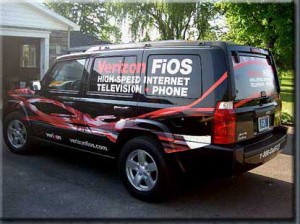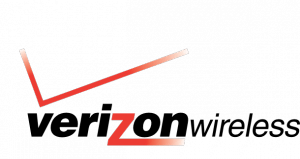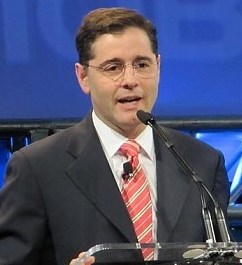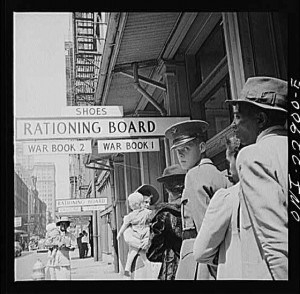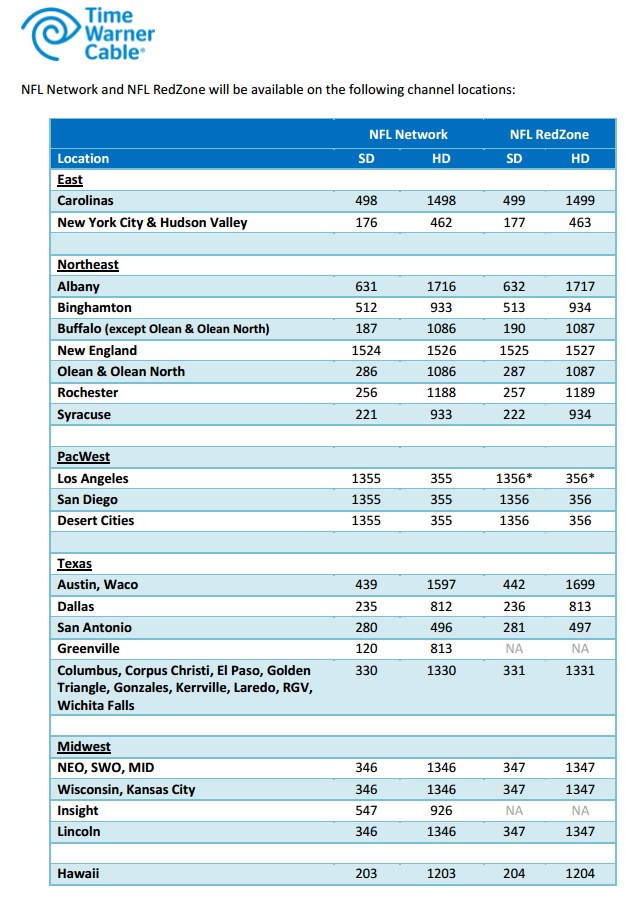Verizon Communications is quietly moving a growing number of their copper-based landline customers to the company’s fiber optic network FiOS, whether customers want the service or not.
Fran Shammo, Verizon’s chief financial officer, told investors at last week’s Goldman Sachs Communacopia Conference Verizon was done repairing chronic copper landline problems in areas also served by FiOS.
Shammo noted Verizon was accelerating the pace of its shift to FiOS in areas where the network already exists, noting it now costs Verizon less money to install fiber than maintain its older infrastructure. As many as 15,000 customers were quietly switched to fiber service during the first quarter of this year, with at least 200,000 planned to be moved by the end of 2012.
Verizon has no immediate plans to switch copper landline customers with no service problems, but once the company gets two service calls during a six month window, Verizon will switch them to FiOS phone service free of charge.
That is precisely what happened when Jan Walkley began experiencing problems with her Verizon landline after Hurricane Irene tore through her Long Island neighborhood in the late summer of 2011.
“We had crackling episodes on the phone every time it rained hard, but by the time the Verizon repairman showed up, the problem was gone,” Walkley told Stop the Cap! “On the third visit, the repair guy joked I had ‘struck out’ with my old phone line and they wanted to upgrade me to FiOS for free.”
“Getting off of that copper onto FiOS significantly reduces our operating costs,” Shammo explained to investors.
Shammo also disclosed Verizon has reduced the cost of installing fiber to the home down to a record low of $700 per household, which in some cases is now cheaper than sending repair crews to repeatedly fix aging copper infrastructure.
Walkley had contemplated FiOS when Cablevision last increased her rates, but she was unhappy with the installation fees Verizon charged for its fiber optic network.
“The promotional offers looked good, but the fine print said while installation was free, installing various outlets and setting up my home computer was not,” Walkley said. “Because of my landline problems, Verizon is giving me free installation for everything, including TV and Internet service if I want it.”
That is part of Verizon’s grand plan, according to Shammo.
“This will really start to benefit us two ways, quite honestly,” Shammo said. “One is what we are seeing is as customers convert to FiOS, […] once we connect them up to the Internet, they see the speed, they are buying up the bundle. So we are seeing accretion from these customers that we are migrating.”
Walkley is not sure what “accretion” means, but she knows a good deal when she sees it.
“It seems to me anyone who wants to avoid Verizon’s FiOS install fees should simply make sure to call them whenever their phone line has a problem and Verizon may consider you enough of a nuisance to cut your FIOS installation fees to zero just to get you off the phone,” Walkley said.


 Subscribe
Subscribe
